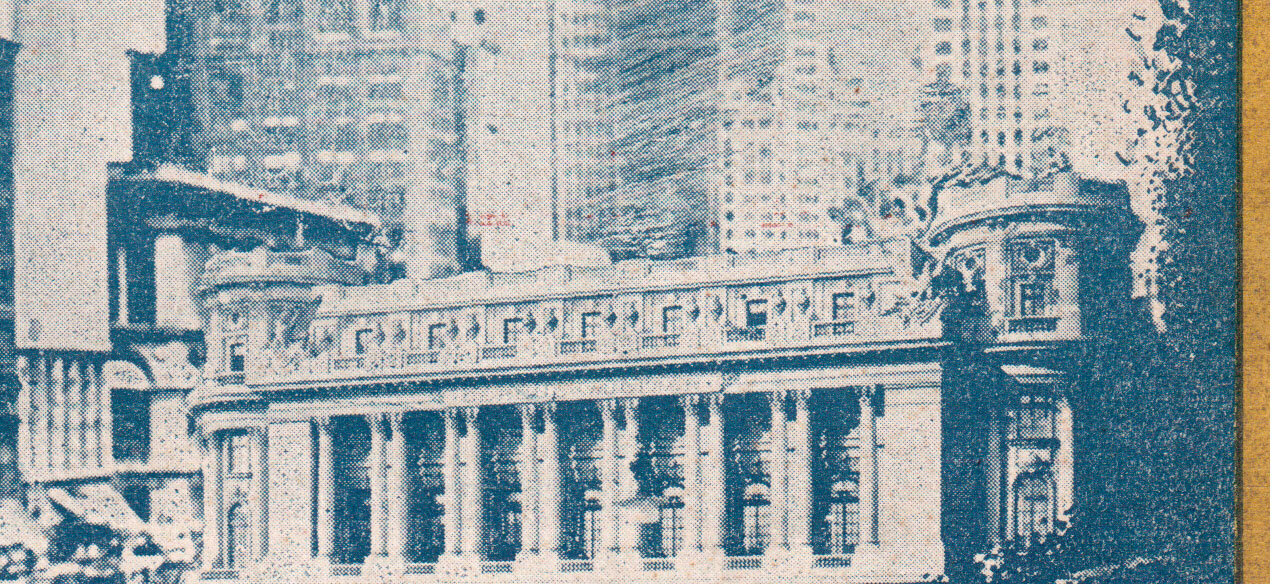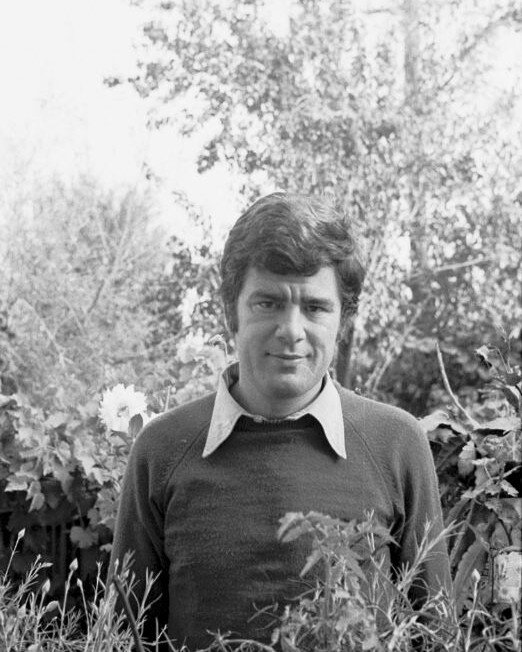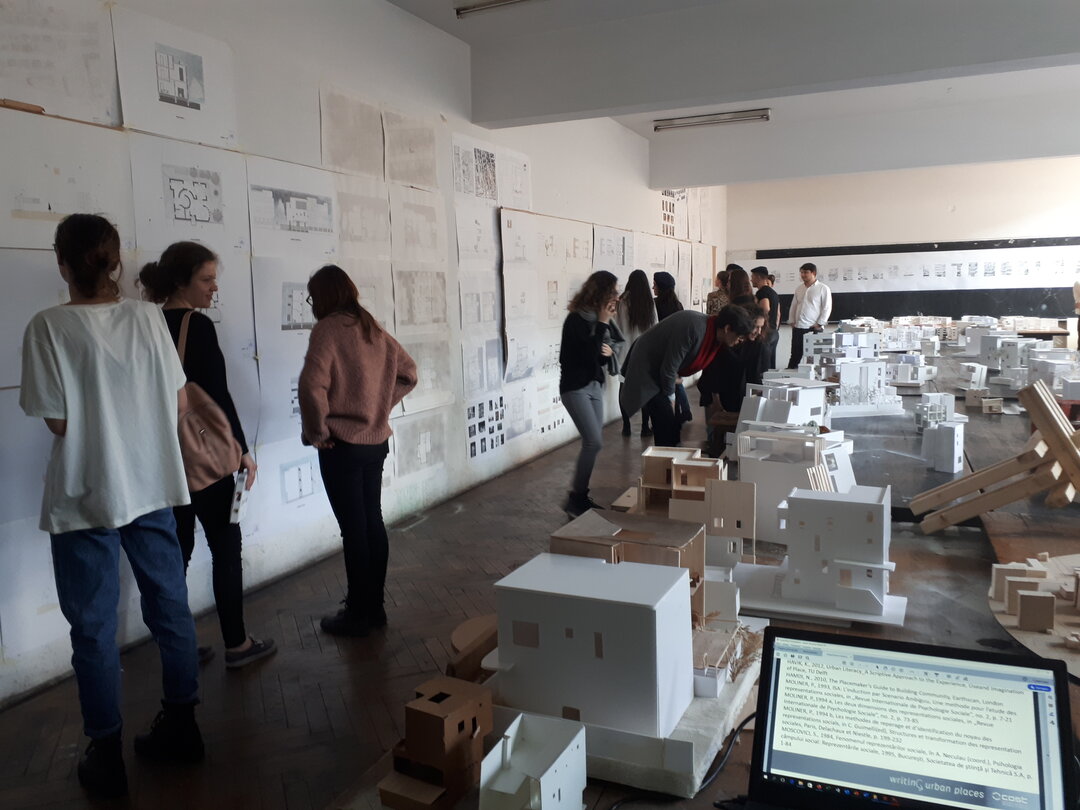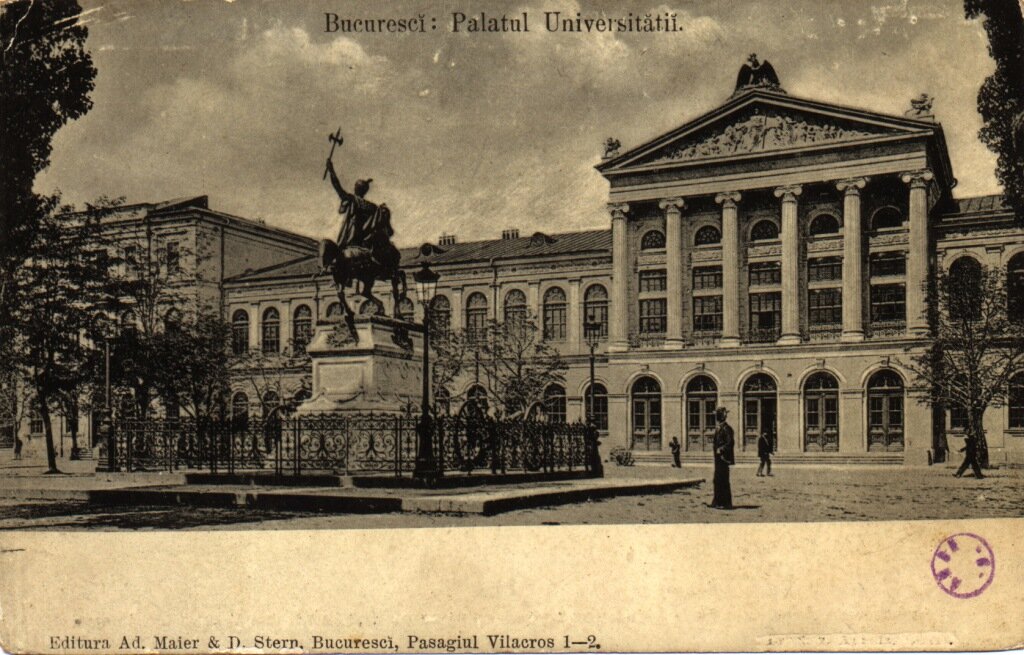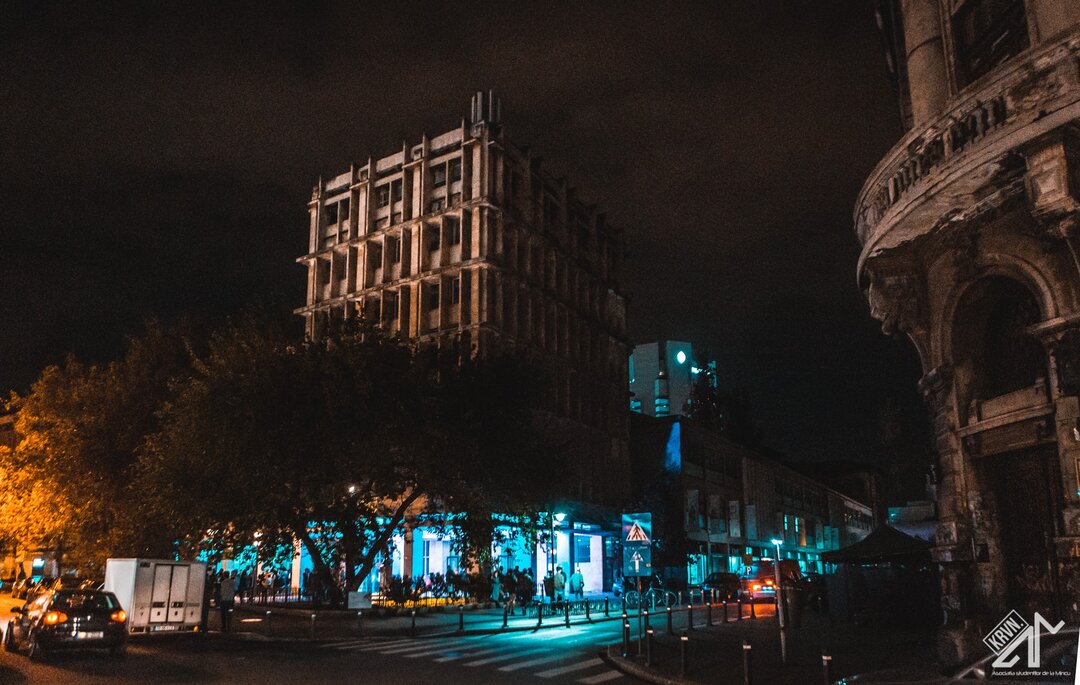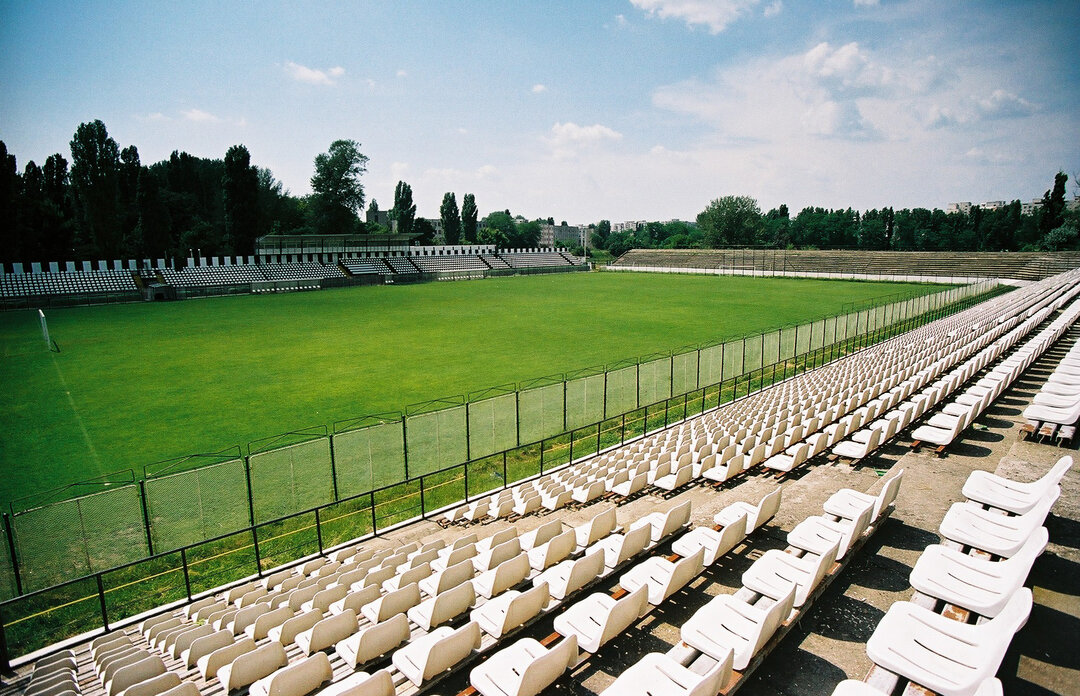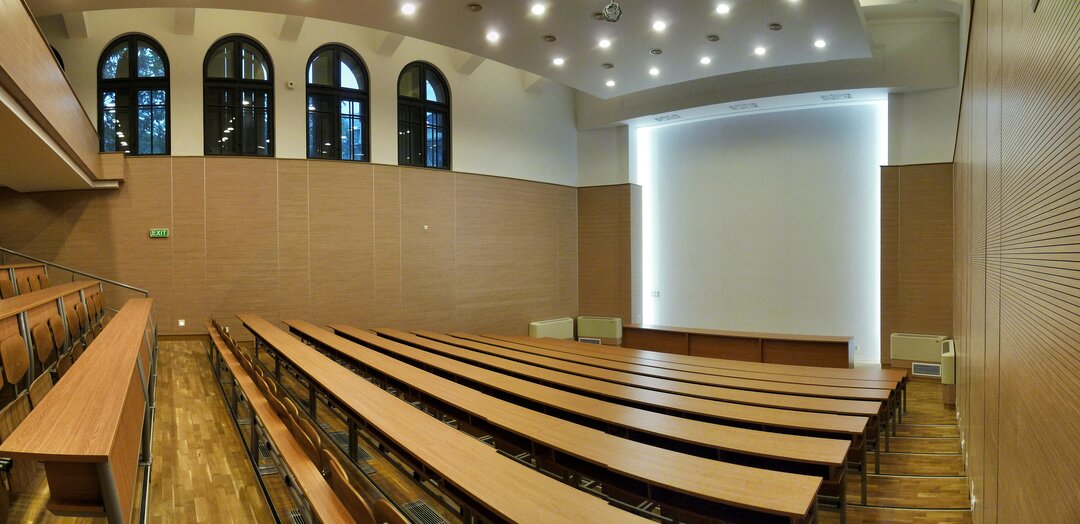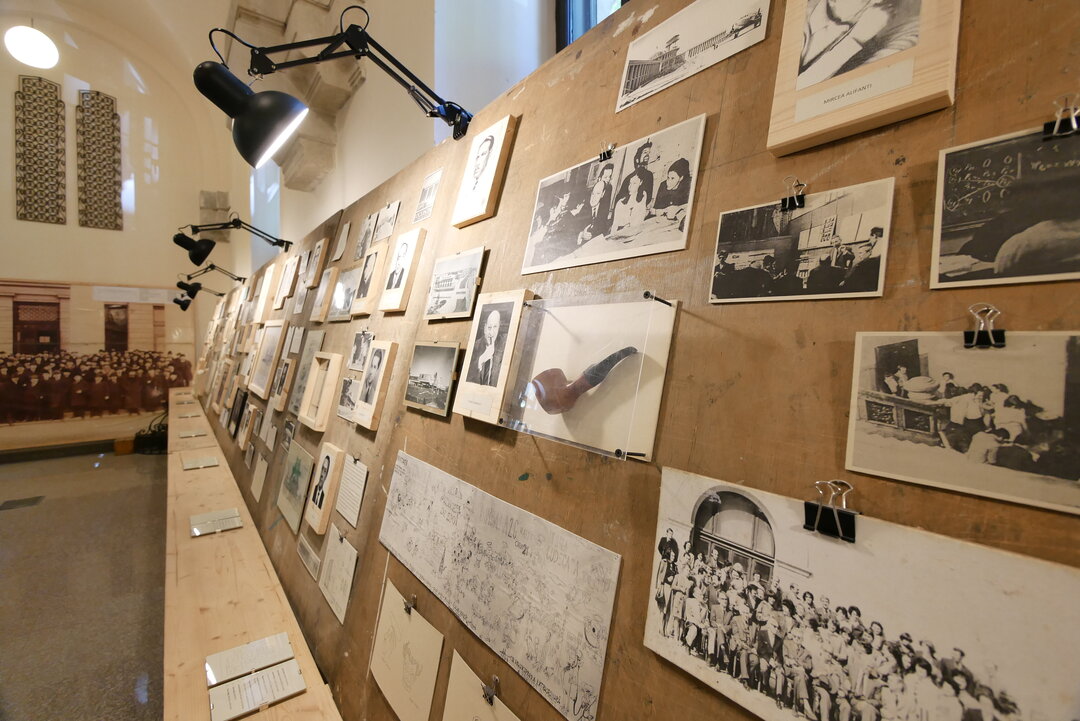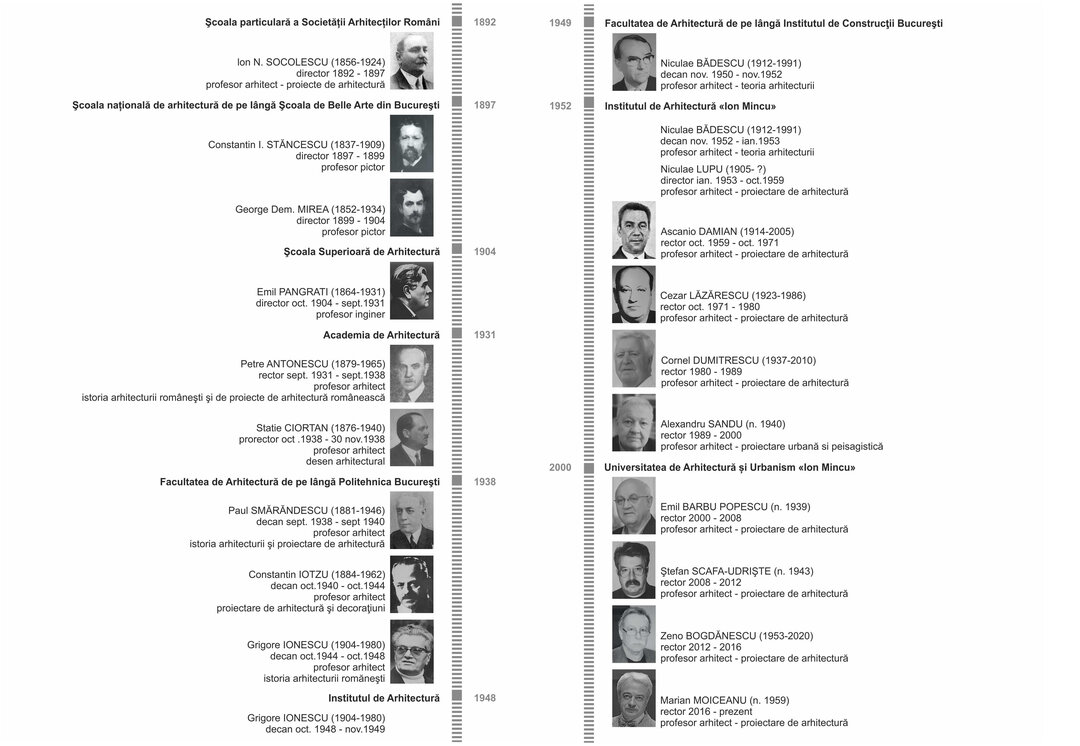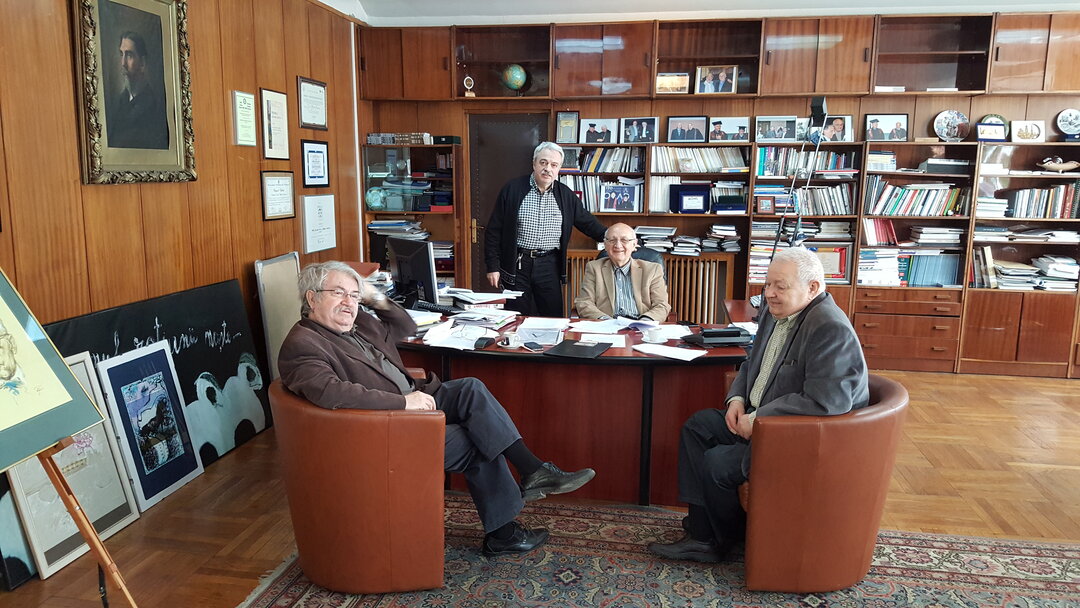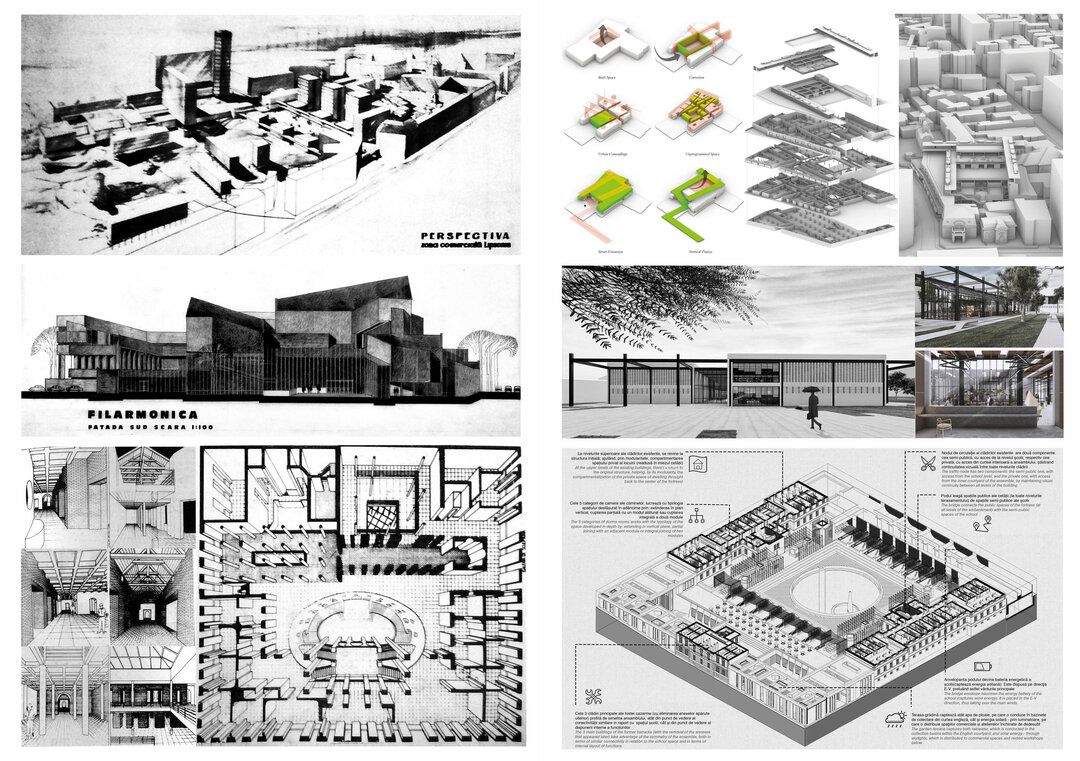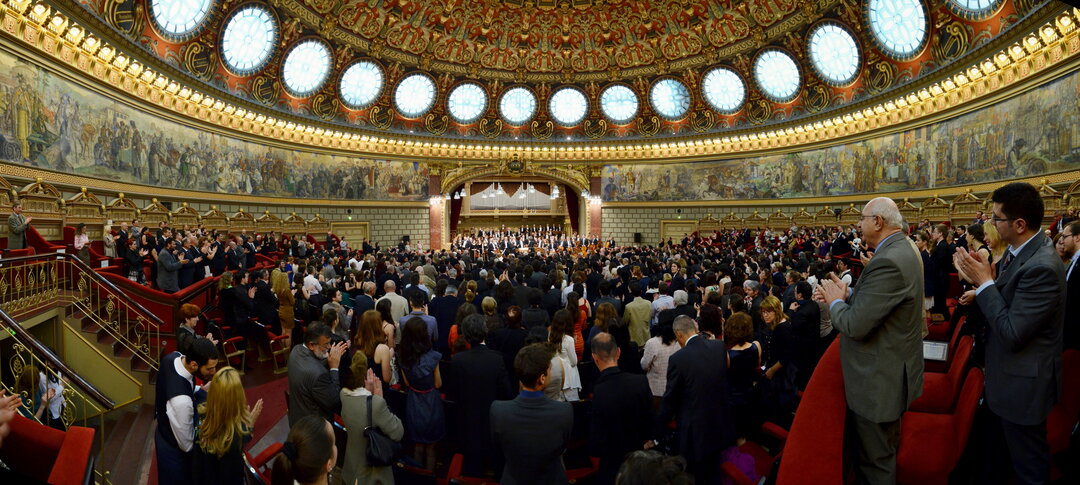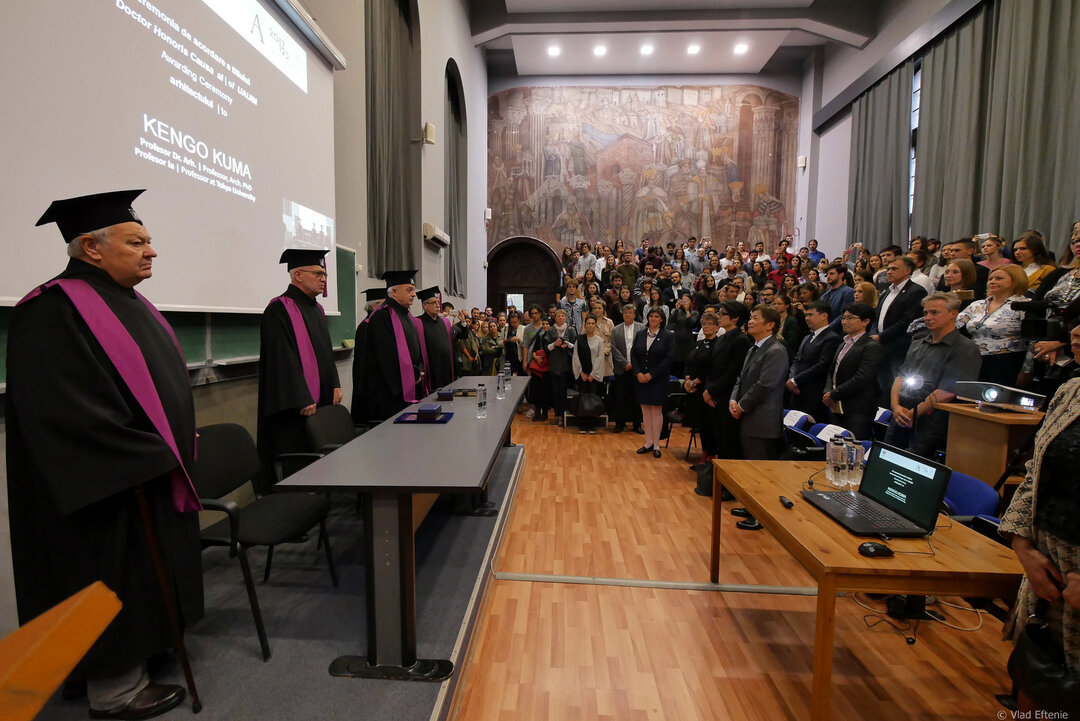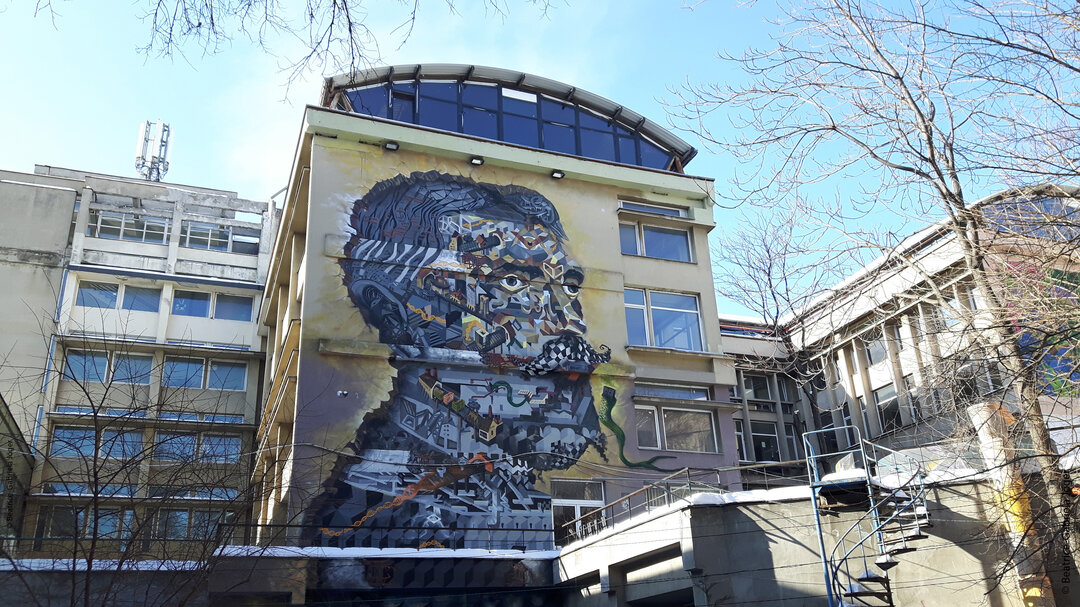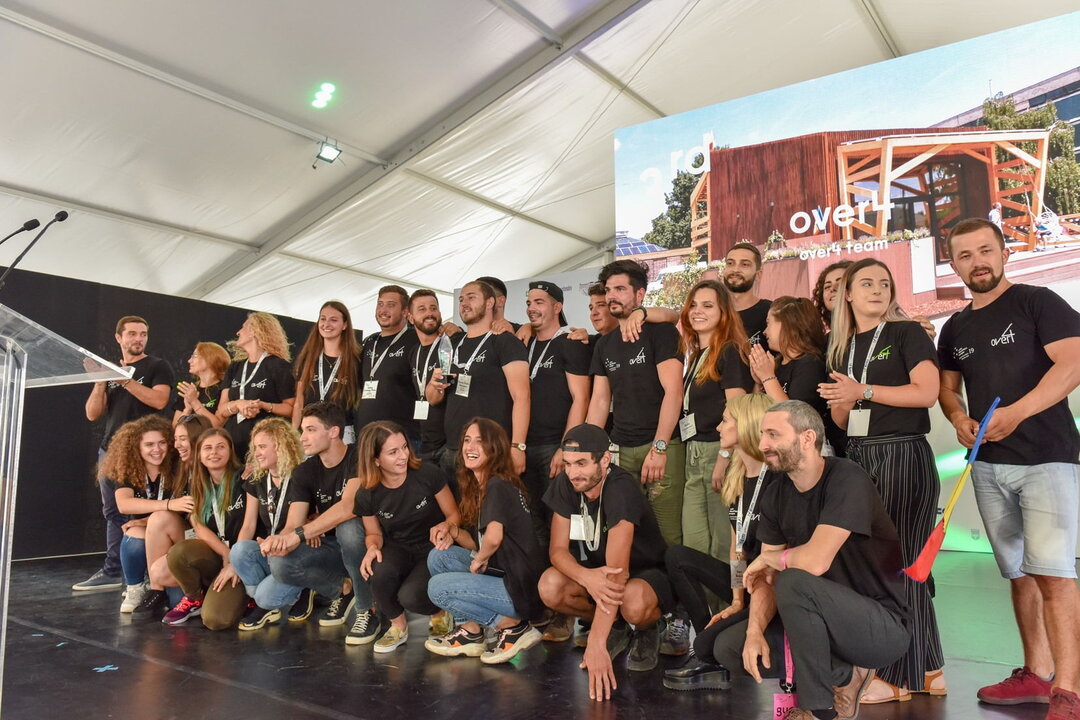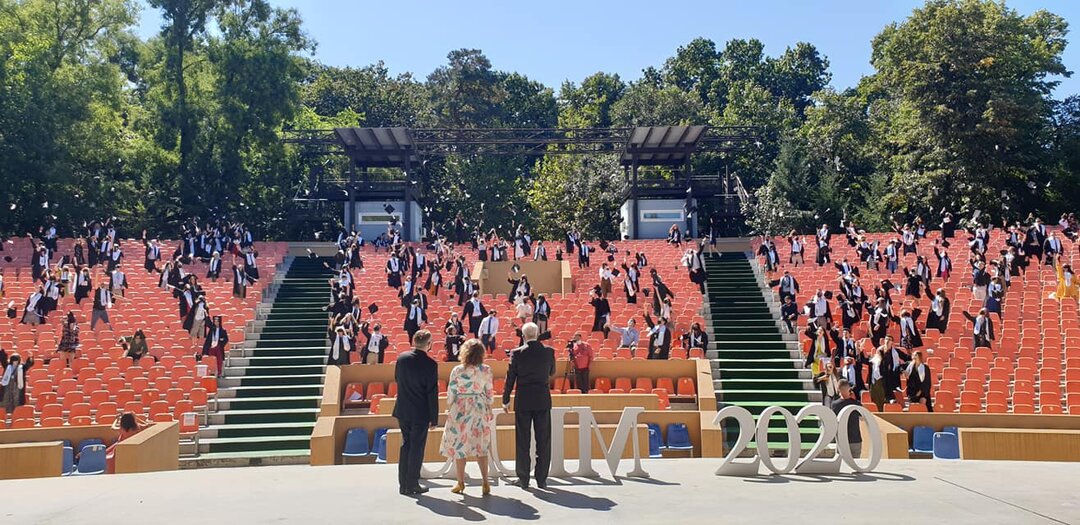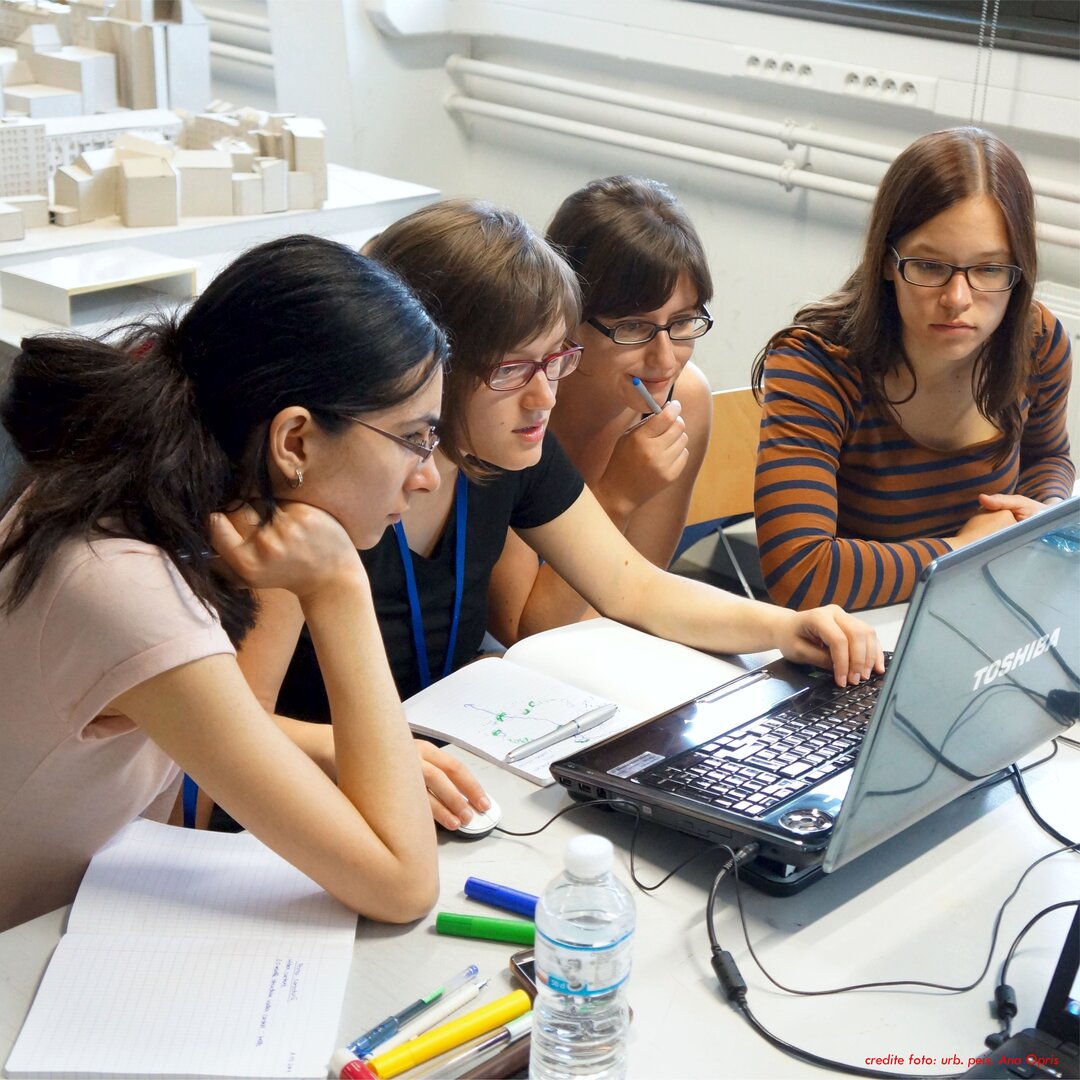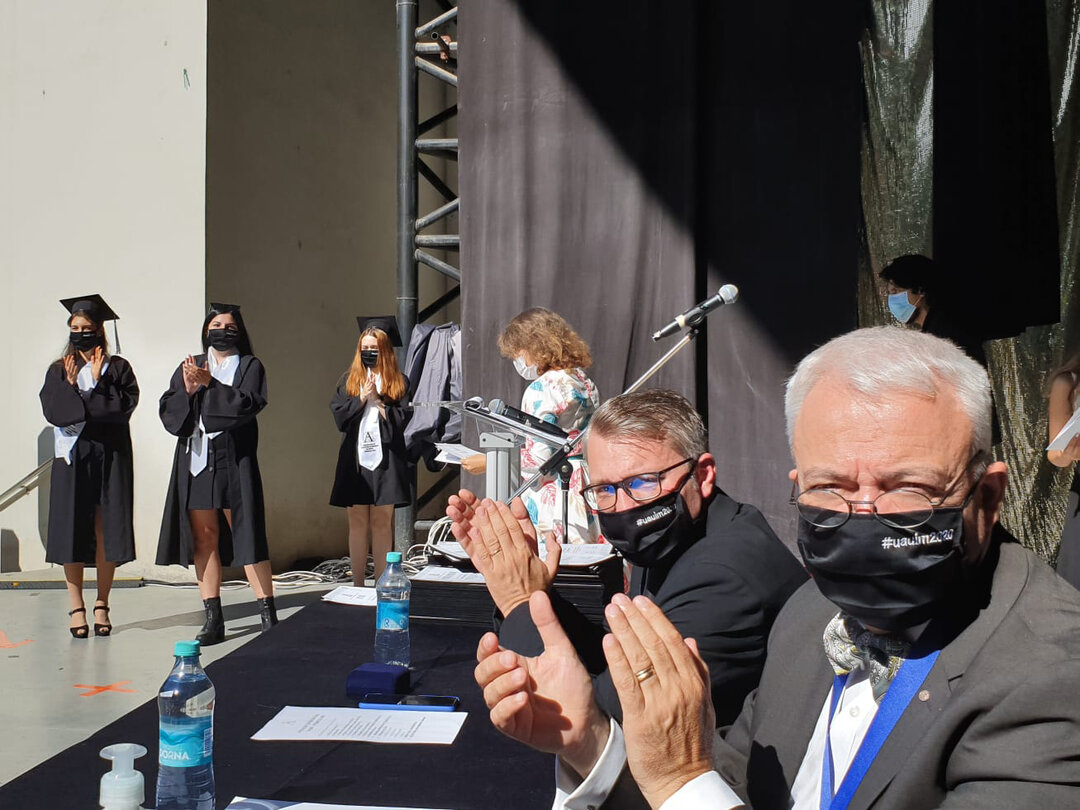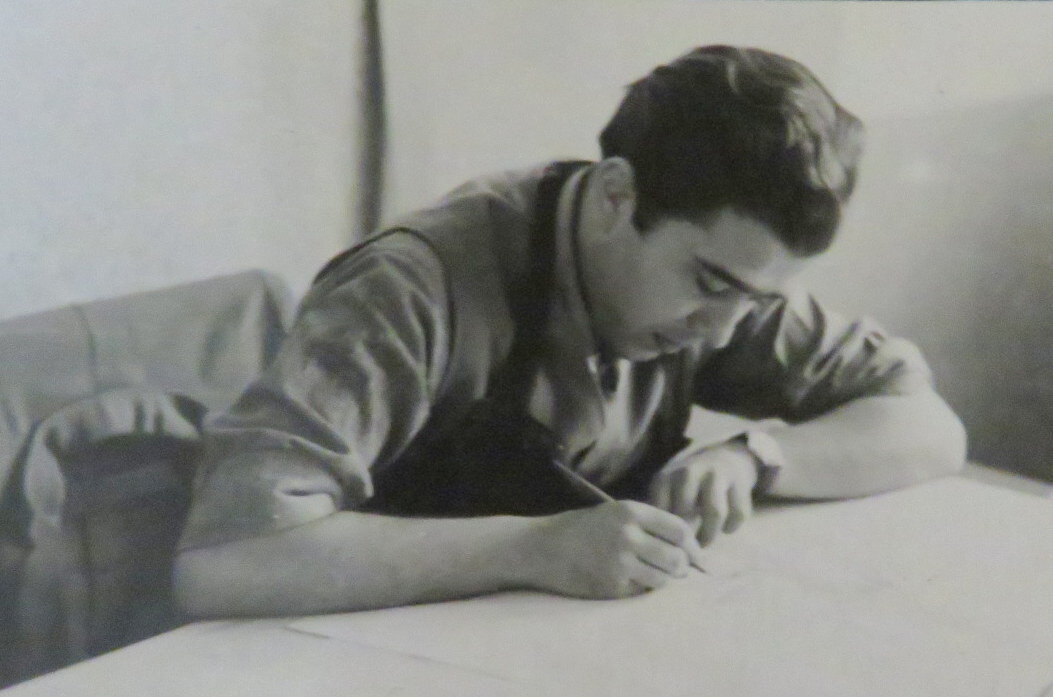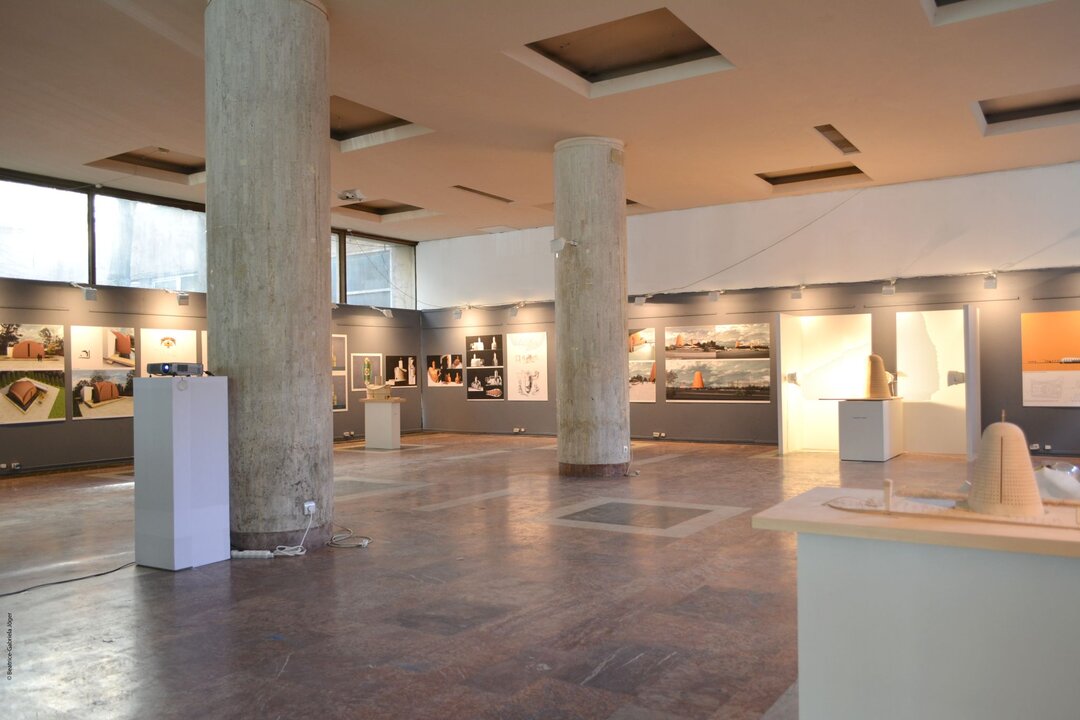
Bucharest of the third millennium imagined in 1930

For the last two hundred years, Bucharest has been a real arena of confrontations between the "new" and the "old", between the city that stubbornly persisted and the city that struggled to take shape.
Bucharest between "old" and "new". From "confrontation" to "cohabitation "
The clash between the 'old' and the 'new' was from the very beginning between the 'old' and the 'new' morals, tastes and ways of life. A confrontation between the many who love the pathetic and unhealthy world of the semi-rural slum and those who have chosen to live in a city life. Unfortunately, the confrontation has turned into cohabitation; between luxury and squalor, between palace and hovel, between the oriental-Balkan universe and European, urban forms. This was due to the fact that modern elements have always been in the minority both culturally and demographically.
The construction of a modern city from an urban perspective in Bucharest was a priority for the "intelligentsia" of the 19th century and the technicians of the following century. The process of modernization of Bucharest began in the 19th century, with Pache Protopopescu's successes in the field of urban planning and building, and continued in the first part of the 20th century.
For the last mentioned period, the mayoralty of Dem. I. Dobrescu (1929-1934) was the starting point of the modernization of the construction. Dem. I. Dobrescu tried to give a new urban definition to Bucharest. His work was continued during the celebrations of the Bucharest Month (May 9 - June 9). These started in 1935 and ended in 1940; starting with the mayoralty of Al. Gh. Donescu (1934-1938) and ending with the premiership of General Victor Dombrovski (1938-1940).
